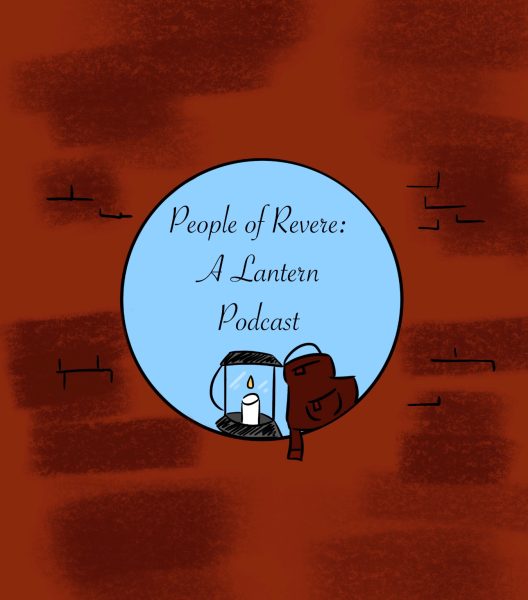Free college not viable option for U.S. students

Ah, senior year: an exciting time in the life of every student, full of new challenges, opportunities and a disturbing number of all-nighters. Current schooling aside, it is also the year in which most students must start applying to their chosen colleges – and determining how they are going to pay for their future education. In today’s world of lofty tuition and crushing student loan interest rates, financial aid and scholarships are essentially required if one expects to survive financially through and beyond college. This reality is prompting students and politicians alike to raise an increasingly popular question: can the United States possibly make public colleges tuition-free, and if so, should we?
The idea itself is not a recent development. According to the news site Salon.com, the countries of Brazil, Germany, Finland, Norway, Slovenia and Sweden have all eliminated college tuition. When addressed in the United States, this issue splits into two categories: financial feasibility and effectiveness.
Though not all of them may be credible, numerous suggestions exist to cover the potential cost of tuition-free college in the United States. Vermont Senator Bernie Sanders, a Democratic 2016 presidential candidate, believes that placing a tax “of a fraction of a percent” on Wall Street speculators would provide adequate funding to support tuition-free college. In addition, research completed by CollegeRank.net suggested that the non-loan educational aid provided by the government – which totaled over $77 billion in 2012 – could instead cover tuition at public colleges and universities, which only brought in about $63 billion in tuition that same year.
Though these proposals and statistics support the financial possibility of the idea, I do not believe that a tuition-free college policy alone would implement the desired changes our country, its education system or the students that comprise it need.
First of all, one must not confuse tuition-free college with free college in general. Although the charge on a student’s education itself would be removed, he or she would still have to cover assorted fees and college essentials, including housing, meals, transportation, books and other school supplies. The costs of these resources could rise in response to a decrease in overall funding. If federal aid was diverted to cover former tuition expenses, some students may still have difficulty paying the additional fees and expenses that college warrants.
There is also the issue of student quality control; if everyone can go college for free, what will stop those who have no true interest in learning – career partiers seeking the “college experience,” for example – from abusing the various resources and communities meant for legitimate, dedicated students? What of the application, acceptance and regulation processes? Would colleges be expected to admit anyone and everyone, regardless of the personal, non-academic agendas that some people may harbor? How would these institutions separate and protect their actual students – and their right to an education – from those that would take advantage of them? As of now, we cannot be sure.
What we do know is that students past and present struggle to pay for their college educations, due in part to the sheer amount of loans needed to cover their expenses. As if that initial debt is not enough, steep interest rates hold students hostage even decades after they graduate. Yes, the college tuition is excessive, and it should be closely regulated and reduced; we should also reign in any frivolous university spending that may be helping to cause it. Eliminating tuition, however, may endanger committed students’ opportunity and right to an education. Instead of trying to mirror the tactics of other countries, perhaps we should attempt to target and solve our own blatantly obvious problems. After all, no two students are exactly alike. Our educational system cannot be one-size-fits-all, so how could we expect its solution to be?







